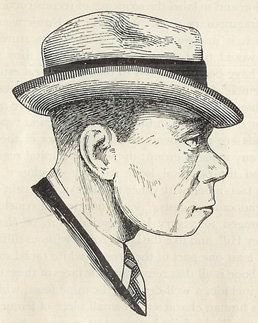|
(Chapter II, section 4)
Non-sapiens Pleistocene fossil men Not demonstrably older than the Pleistocene fossil men discussed in the last section are the remains of an increasingly large number of non-sapiens specimens from all three continents of the Old World.12 These include two separate genera, Pithecanthropus and Sinanthropus, and four species of Homo—soloensis, heidelbergensis, neanderthalensis, and rhodesiensis. The exact relationships between these groups is in dispute, but it is apparent that they may be grouped in at least two evolutionary levels, with Pithecanthropus and Sinanthropus in the lower bracket. Despite their allocation to separate genera, these two are, in many respects, very much alike. Furthermore Rhodesjensjs and Soloensis resemble each other, and together are not very different from the numerous and variable Neanderthaloid group. These fossils, whatever their internal classification, may he considered a separate class of highly evolved, humanoid primates. Within this class there are differences of evolutionary status, and differences in type of specialization. As a whole, however, they differ from both early and
The dating of the various fossils
mentioned above is in most cases under dispute, but there is no valid
evidence that any of them are earlier than the Middle Pleistocene. Only Homo
neanderthalensis in some of his more highly evolved forms is known, however,
to have extended into the Late Pleistocene. Aside from all biological
considerations, the time clement is sufficient to destroy the hypothesis
that members of this heavy browridged group could have evolved directly
into the earliest known form of Homo sapiens. It is possible that these
species represent a survival of an ancestral stage through which Homo
sapiens had in earlier times passed, and that they were, during the
Pleistocene, themselves passing through a tardy process of evolving, but
this explanation is not the only one that may be presented. The sexual
differentiation and luxuriance of gorilloid characters which these species
possess may conceivably never have been found in the direct ancestor of sapiens man.
12 The extensive literature on these fossil groups need not be cited here. Except in the Case of Neanderthal, they have little bearing on the subject of this book. 13 The condition known as taurodontism is not as uncommon as has been supposed, and can no longer be cited as an impediment to the relationship of Neanderthal with other types of man. For a discussion and bibliography on the subject of taurodontism, See Galloway, A., The Skeletal Remains of Mapungubwe, pp. 127—174, in Fouché, L., Mapungubwe.
|
